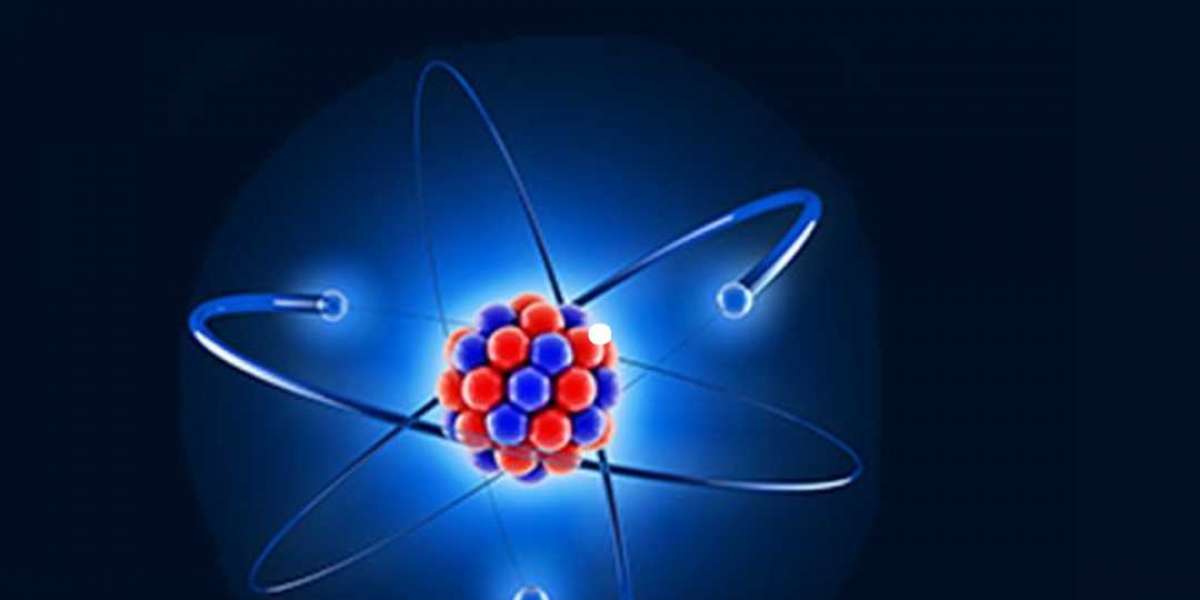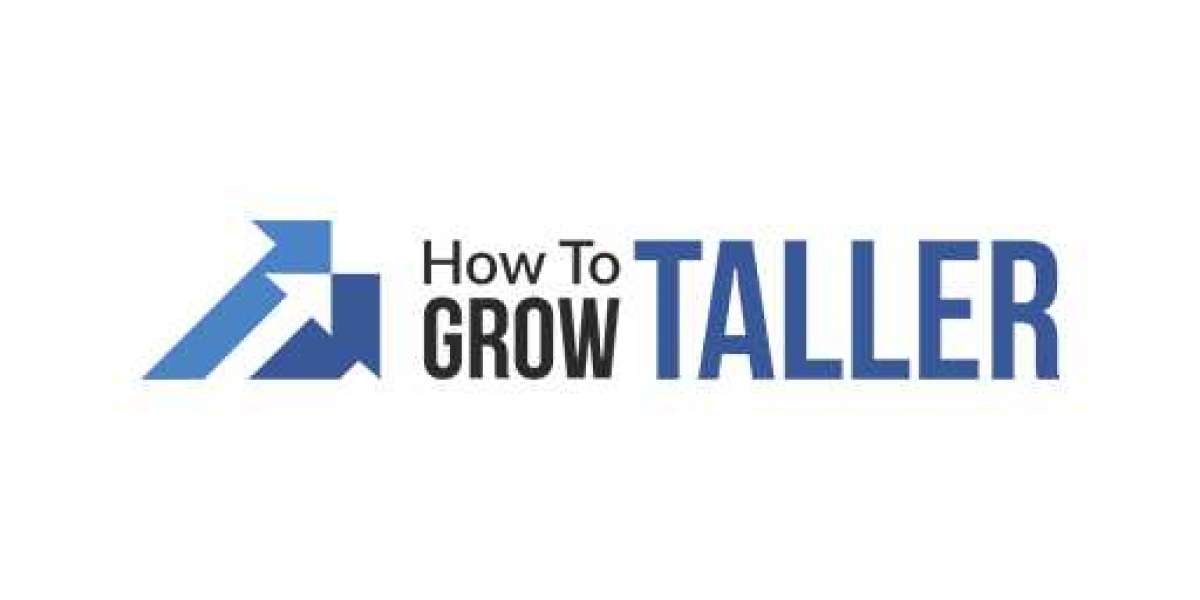Bharat Book Bureau Provides the Trending Industry Research Report on“Nuclear Medicine/Radiopharmaceuticals Global Market – Forecast To 2030”under Life Sciences Market Research Report. The report offers a collection of superior Market research, Market analysis, competitive intelligence and Market reports.
Executive Summary
Over the past 50 years, the Nuclear Medicine field has displayed a strong link between investments in chemistry and the development of radionuclide and radio-labeled compounds which have impacted the healthcare practice. Nuclear medicine comprises diagnostic and therapeutic techniques that use radioisotopes for applications like oncology, cardiovascular and neurological disorders to provide information at both molecular and cellular levels for probing, tracking tissue function, study disease progression and assessing treatment responses.
The nuclear medicine global market is poised to grow at a high single digit CAGR from 2020 to 2027 to reach $10,742.7 million by 2027. Increasing radioisotopes applications, rise in public awareness, use of SPECT/CT and PET/CT imaging scans, the abundance of radiopharmaceuticals, advancement in imaging technology (hybrid imaging) and alpha therapy based targeted cancer treatment is boosting nuclear medicine market growth. In addition, increasing need in emerging markets, production of radiopharmaceuticals from cyclotrons, efficient diagnosis and treatments, emerging radio isotopes and replacement of old/traditional equipment are the opportunities likely to propel the growth of the nuclear medicine market.
The nuclear medicinal market is classified based on modality into diagnosis and therapeutics. The diagnostics market commanded the largest market revenue in 2020 and is expected to grow at a mid single digit CAGR from 2020 to 2027 due to an increase in SPECT and PET procedures. The therapeutics segment is projected to grow at high teen CAGR from 2020 to 2027 due to technological advancements in the targeted treatment of cancers. Potential new radioisotopes in the pipeline and advancement in neurological treatments are the key factors driving the growth of the therapeutics market. Diagnosis by products is segmented into SPECT and PET. SPECT market commanded the largest revenue in 2020 and is expected to grow at low single digit CAGR from 2020 to 2027 due to an increase in TC-99m isotope applications and product approvals. Among SPECT is segmented based on isotopes into Technetium (Tc-99m), Thallium (Tl-201), Gallium (Ga-67), Iodine (I-123), Samarium (Sm-153), Xenon (Xe-133), Rhenium (Re-186) and others.
Technetium (Tc-99m) accounted for the largest share in 2020 and is projected to grow at a mid single digit CAGR from 2020 to 2027 due to its extensive usage in various diagnostic applications and emerging sources to meet the demand. SPECT market by application is segmented into cardiology, pulmonary, oncology, nephrology, neurology, inflammation, thyroid gland, lymphology and others. Cardiology accounted for the largest share in 2020 and is expected to grow at mid single digit CAGR from 2020 to 2027 due to an increase in the number of cardiac imaging cases using Tc-99m. Oncology is expected to grow at mid single digit CAGR from 2020 to 2027 due to increasing expanding usage in early screening tests in vulnerable populations in various developed countries.
PET is the fastest-growing segment with mid single digit CAGR from 2020 to 2027 due to an increase in the adoption of cyclotron for the production of PET isotopes increasing its availability. The PET isotopes include Fluorodeoxyglucose (18F-FDG), Gallium (Ga-68), Rubidium (Rb-82) and others. Fluorodeoxyglucose (18F-FDG) accounted for the largest share in 2020 and the market is expected to grow at mid single digit CAGR from 2020 to 2027. Gallium (Ga-68) is expected to grow at high double digit CAGR from 2020 to 2027 due to an increase in usage as theranostic pair in assessing the suitability of patient for Lutathera and many emerging targeted radiotherapy agents. PET by applications is segmented into cardiology, oncology, neurology, inflammation and others. Oncology accounted for the largest share in 2020 and is projected to grow at high single digit CAGR from 2020 to 2027 due to an increase in the patient pool of lung, thyroid, brain breast cancer and dementia related conditions.
The therapeutic nuclear medicine market is segmented based on radiation type into alpha radiation, beta radiation and brachytherapy. Beta radiation accounted for the largest share of in 2020 and is projected to grow at high double digit CAGR of from 2020 to 2027. Beta radiation therapy by isotopes is further segmented into Y-90, I-131, Lu-177, Sm-153, Re-186, Sr-89, Er-169 and others. Lu-177 commanded the largest share in 2020 and is expected to grow at high double digit CAGR from 2020 to 2027 due to increased adoption of Lu-177 based radiopharmaceuticals for the treatment of neuroendocrine tumor and anticipated launch of new treatment products based on the isotope. Strontium (Sr-89) is expected to grow at a strong CAGR from 2020 to 2027.
Brachytherapy isotopes are further segmented into I-125, Cs-131, Ir-192, Pd-103 and others. I-125 market accounted for the largest share in 2020 and is projected to grow at low single digit CAGR from 2020 to 2027 due to increasing usage in the treatment of lung cancer, prostate cancer, eye-related disease (retinoblastoma and eye plaque) and brain cancer. Therapeutic nuclear medicine by application is segmented into prostate cancer, thyroid cancer, liver cancer, gastro-entero-pancreatic-neuroendocrine tumors (GEP-NETs), metastatic bone cancer, breast cancer and others. The GEP-NETs market accounted for the largest share in 2020 and is expected to grow at high double digit CAGR from 2020 to 2027. Prostate Cancer is expected to grow at a strong CAGR from 2020 to 2027 due to advanced clinical trial stage (phase 3) and predicted launch of Lu-177 PSMA-617 product in 2021.
Nuclear medicine based on end-user is segmented into hospitals, ambulatory centers, diagnostic centers and others. Hospital accounted for the largest share in 2020 and is projected to grow at high double digit CAGR from 2020 to 2027 due to the ready availability of cyclotrons for the generation of isotope and use of advanced hybrid imaging.
The stable isotope global market is expected to grow at low single digit CAGR from 2020 to 2027 to reach $284.3 million by 2027. The Nuclear Medicine market includes stable isotopes are classified into isotopes and applications. Isotopes considered are carbon (C-13), deuterium (D2), oxygen (O-18), nitrogen (N-15), Sulphur (S-32) and others. Deuterium (D-2) accounted the largest share n 2020 and is the fastest-growing market with a projected CAGR of 3.3% from 2020 to 2027 due to the use of deuterium as a dietary supplement of deuterium-depleted water which helps to extend the survival rate of lung cancer patient via exerting anticancer effect and modification of deuterium leads to the development of novel, highly differentiated drugs which have therapeutic applications in diabetic nephropathy, hot flashes, spasticity, neuropathic pain and multiple melanomas.
The stable isotope applications market is segmented into diagnostics-therapy, pharmaceutical companies and others. The diagnostics and therapy market commanded the largest market revenue in 2020 and is expected grow at low single digit CAGR from 2020 to 2027 due to use in diagnosis and treatment of pancreas, liver and intestine related disorders. The pharmaceuticals is the fastest-growing segment at low single digit CAGR from 2020 to 2027 due to novel developments in the utilization of stable isotopes that involve biopolymers, where isotope-labeled species are generated from cells grown on labeled growth media.
Geographical wise, North American region commanded the largest revenue in 2020 and is expected to grow at low single digit CAGR from 2020 to 2027. The growing use of SPECT and PET scans, technological advancements in equipment, increased utilization of fusion imaging, increasing awareness of radiopharmaceuticals among radiologists, alpha radio-immunotherapy-based targeted cancer treatment are driving the market.
Some of the key players of the nuclear medicine market are Curium Pharma (France), Bayer Group (Germany), GE Healthcare (U.S.), Cardinal Health (U.S.), Jubilant Life science (India), Lantheus Medical Imaging (U.S.), Novartis International AG (Advanced accelerator) (Switzerland), South African Nuclear Energy Corporation (NTP Radioisotopes SOC Ltd) (South Africa), and Fujifilm Holding Corporation (Japan).
The report provides an in-depth market analysis of the above-mentioned segments across the following regions:
North America
Europe
Asia-Pacific
Rest of the World (RoW)
Browse our full report with Table of Content : https://www.bharatbook.com/report/1339951/nuclear-medicineradiopharmaceuticals-global-market-forecast-to
About Bharat Book Bureau:
Bharat Book is Your One-Stop-Shop with an exhaustive coverage of 15,00,000 reports and insights that includes latest Industry Study, Industry Trends Analysis, Forecasts Customized Intelligence, Newsletters and Online Databases. Overall a comprehensive coverage of major industries with a further segmentation of 100+ subsectors.
Contact us at:
Bharat Book Bureau
Tel: +91 22 27810772 / 27810773
Email: poonam@bharatbook.com
Website: www.bharatbook.com





